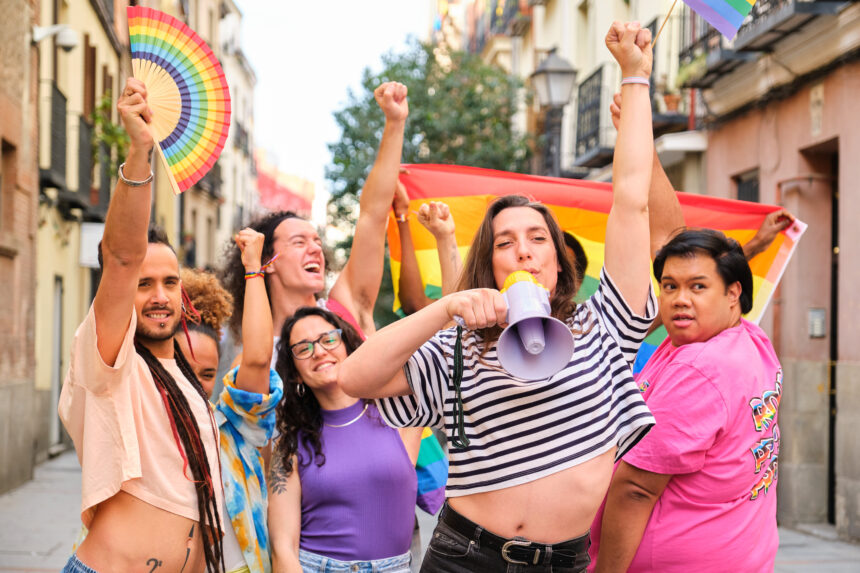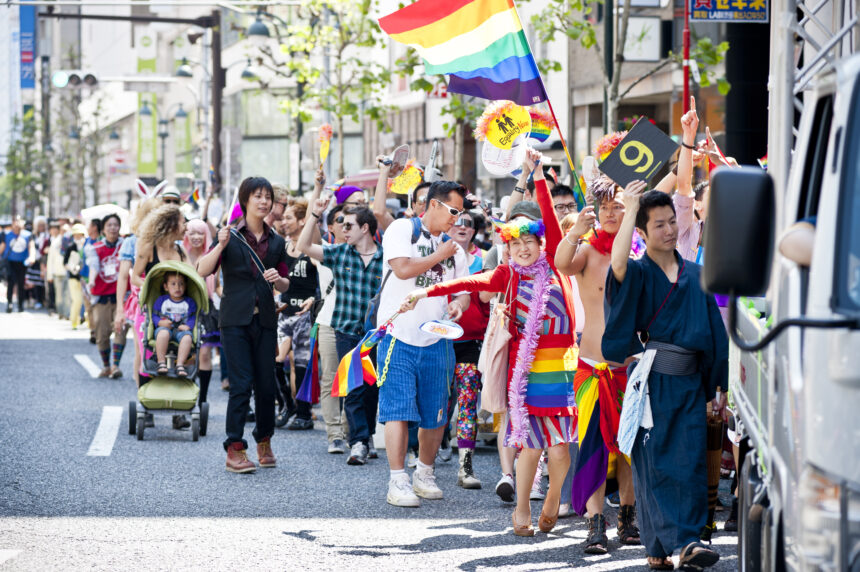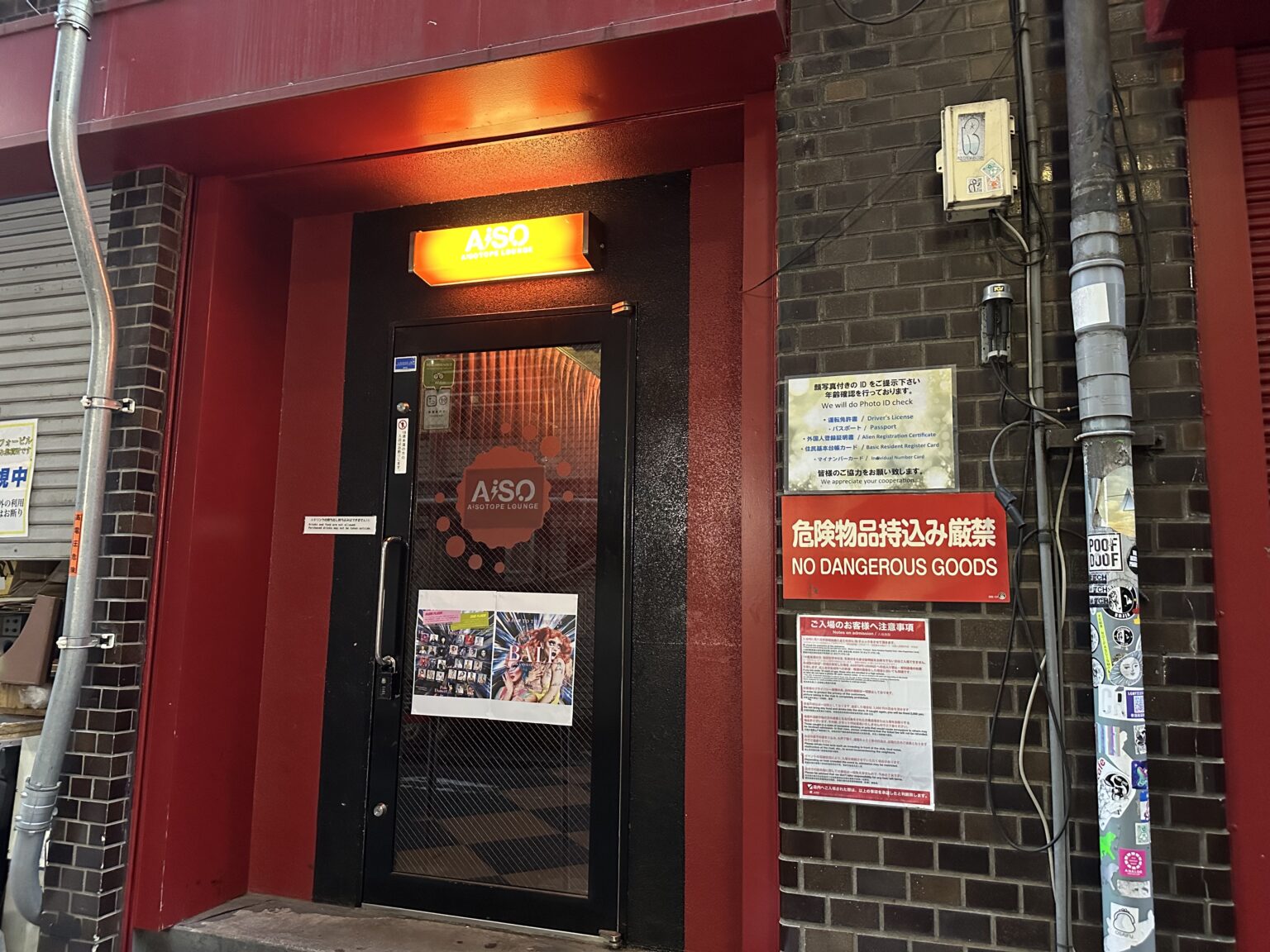LGBTQ people have been around since the beginning of humanity. Despite this fact of life, it is only relatively recently that being openly proud of your gender or sexual identity has been acceptable – or even possible. In the past few decades, the LGBTQ Pride movement has blossomed, with communities of queer people all over the world holding pride parades and events.
Tokyo is no different. In the famed LQBTQ district of Shinjuku Nichome and beyond, Tokyo has been a hub for queer folks in Japan and abroad. To let you know more about the movement here, I’ve prepared a brief history of Tokyo pride over the last 35 years, sorted by decade. I’ll also include a few of my own opinions on the issue, to give this read a more personal touch.
Year 1990 - 2000
By 1990, Shinjuku Nichome had become a well-established gay district in Tokyo that catered not only to gay men but also to lesbians, bisexual people, transgender people, and more. With various bars of different themes meant for a diverse clientele, Nichome attracted folks from all over the Kanto region of Japan, though many of them were married with kids, and still had to keep their identity a secret.
However, a way for people to proudly showcase themselves without an air of secrecy was not available until 1994. This was the year of the first LGBTQ pride parade in Tokyo. Eventually becoming known as Tokyo Pride, this event was organized by the Japanese branch of the International Lesbian and Gay Association (IGLA).
The first pride parade attracted over 1,000 participants, and set into motion a tradition that would last three decades and counting. Tokyo Pride just celebrated its 30th anniversary in 2024, and has expanded to include not only a parade but now features performers, guest speakers, and festival booths as well.
Although I am a bisexual, gender fluid woman, I’m not as much into the pride events as other queer people are. But, I’m not opposed to them. When Tokyo Pride rolls around in June, I think I’ll head over and check it out.
Read about Tokyo Pride in this article.
Year 2000 - 2010
In 2003, Aya Kamikawa became the first openly transgender person elected to public office in Tokyo, and Japan at large. A Tokyo native, she ran as an Independent for a seat in the Setagaya Ward Assembly. She was also briefly a member of the now-defunct Rainbow and Greens Party, a party focused on environmentalism, solidarity and diversity. Kamikawa’s platform aimed to improve the rights of many groups in Japan, such as women, children, the elderly, disabled people, and the LGBTQ community.
In the 2000s, the manga genre of Boys’ Love, or Yaoi, also grew significantly in popularity. Even at a time when the manga industry was not doing great, Boys’ Love manga began to spread to an international audience, gaining a significant following in the West, other countries in East Asia and beyond. The genre is defined as a story about love between men, which can either be only romantic, or sexual in nature.
These two signs of growing public support in the 2000s demonstrated some of the ways that LGBTQ pride started becoming more normalized at the turn of the millennium, both in Tokyo and Japanese society in general.
Year 2010 - 2020
In 2010, there was construction to extend the Fukutoshin subway line to Shinjuku Sanchome Station, a short walk from Shinjuku Nichome. This addition raised the value and price of neighborhood real estate, which priced out around a third of the gay bars and clubs in the area, forcing them to close. It was an unfortunate change that shook LGBTQ pride in Tokyo, because there were fewer places in the city to express oneself.
Additionally, in 2012, there was a crackdown on dancing in various clubs in Nichome such as Arty Farty and Aisotope. This ban was actually a 67-year-old nationwide law that had just begun to be enforced in Nichome. Even though the law didn’t exclusively target LGBTQ establishments, it still put a damper on the carefree spirit in these spaces that was such an integral part of pride. Luckily, in 2014, the law was repealed, and dancing is now fully permitted in clubs across Japan.
In my opinion, this law was unnecessary. The entire point of nightclubs is to dance and have some fun. I’m glad the law was repealed, so that people in the LGBTQ community and beyond can easily have a good time again.
Year 2020 - Present
In 2021, 12 Tokyo wards officially recognized same-sex unions as legal, and agreed to mutually recognize certificates of partnership registered within these 12 municipalities. However, this was not the first time a ward in Tokyo recognized same-sex partnership. Shibuya was the first ward to issue partnership certificates in 2015, with the other 11 formally following suit over five years later.
The right to same-sex marriage is a pressing issue across Japan, not only in Tokyo. It’s a right that activists have been pushing for for decades, and one that has unfortunately not progressed very far on a nationwide scale. Since a large part of LGBTQ Pride is being able to take pride in who you marry, and to be able to legally do so, I don’t think the issue of same-sex marriage is going to go away any time soon in Japan, no matter how much the current conservative Japanese government may want it to.
Reflecting on Tokyo Pride
The history of pride in Tokyo, in Japan and in the world as a whole is a long and complicated one. Of course, this article barely scratches the surface of this rich and important history. Hopefully, though, this article can be a jumping off point for you to learn more about LGBTQ Pride’s history in Tokyo.



